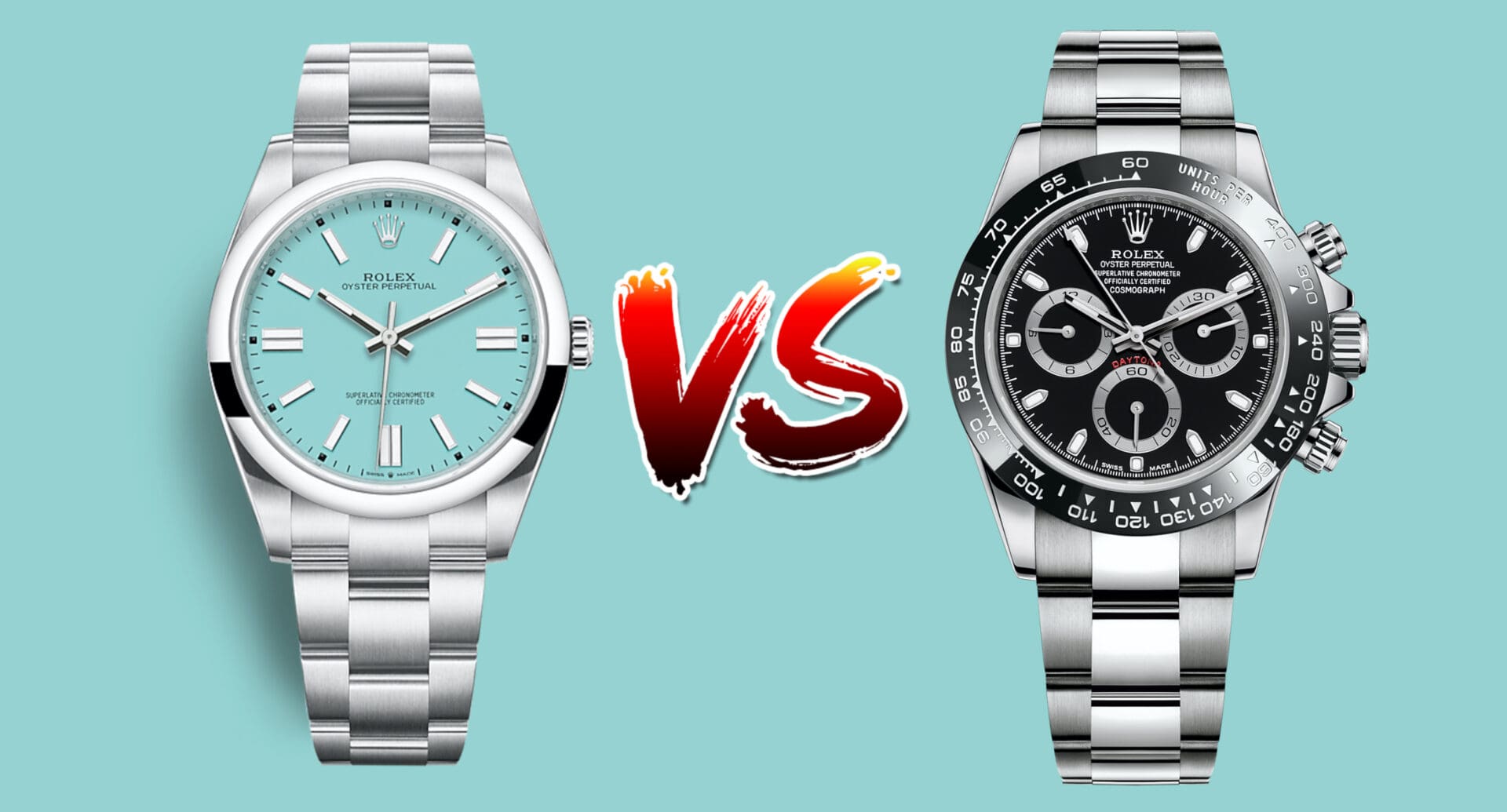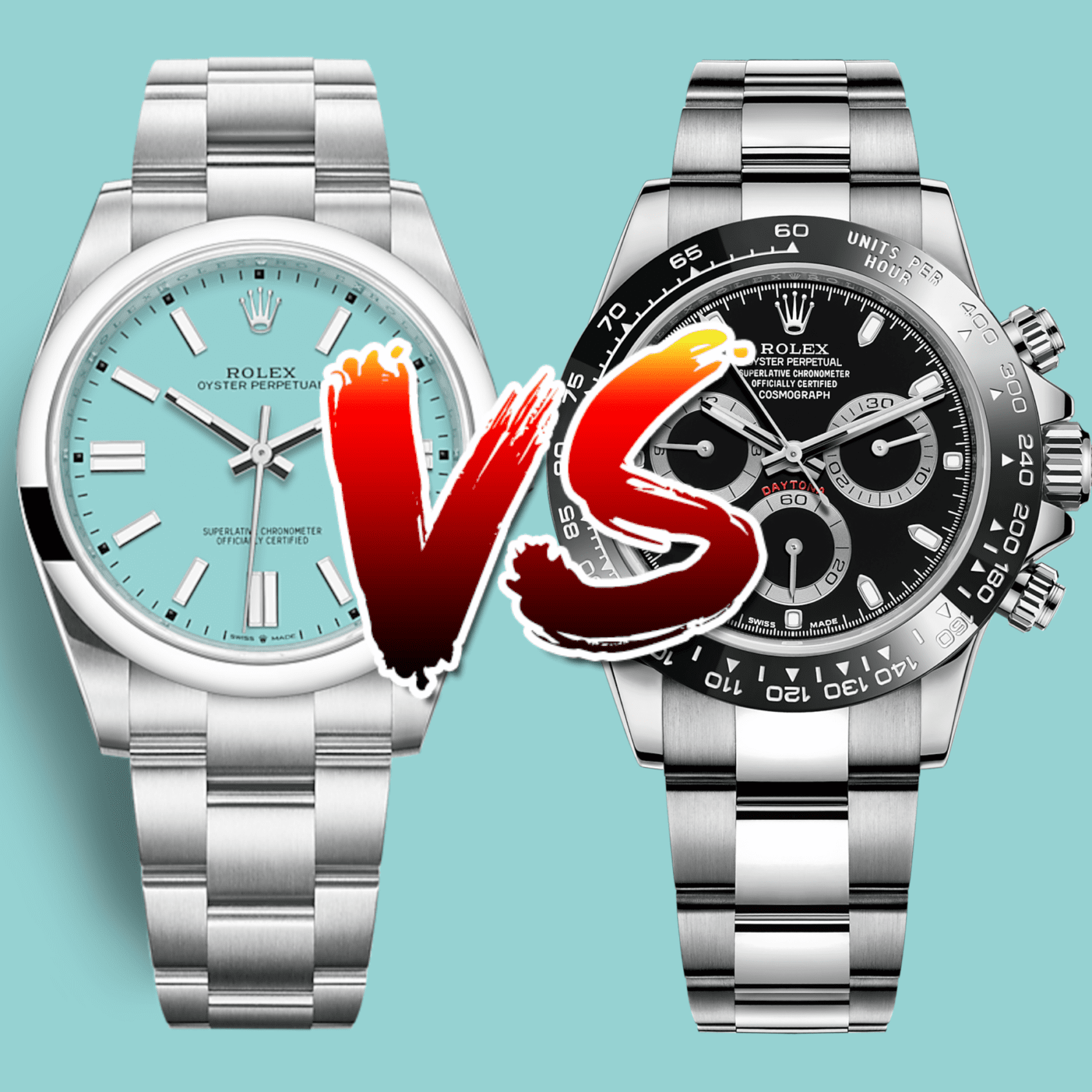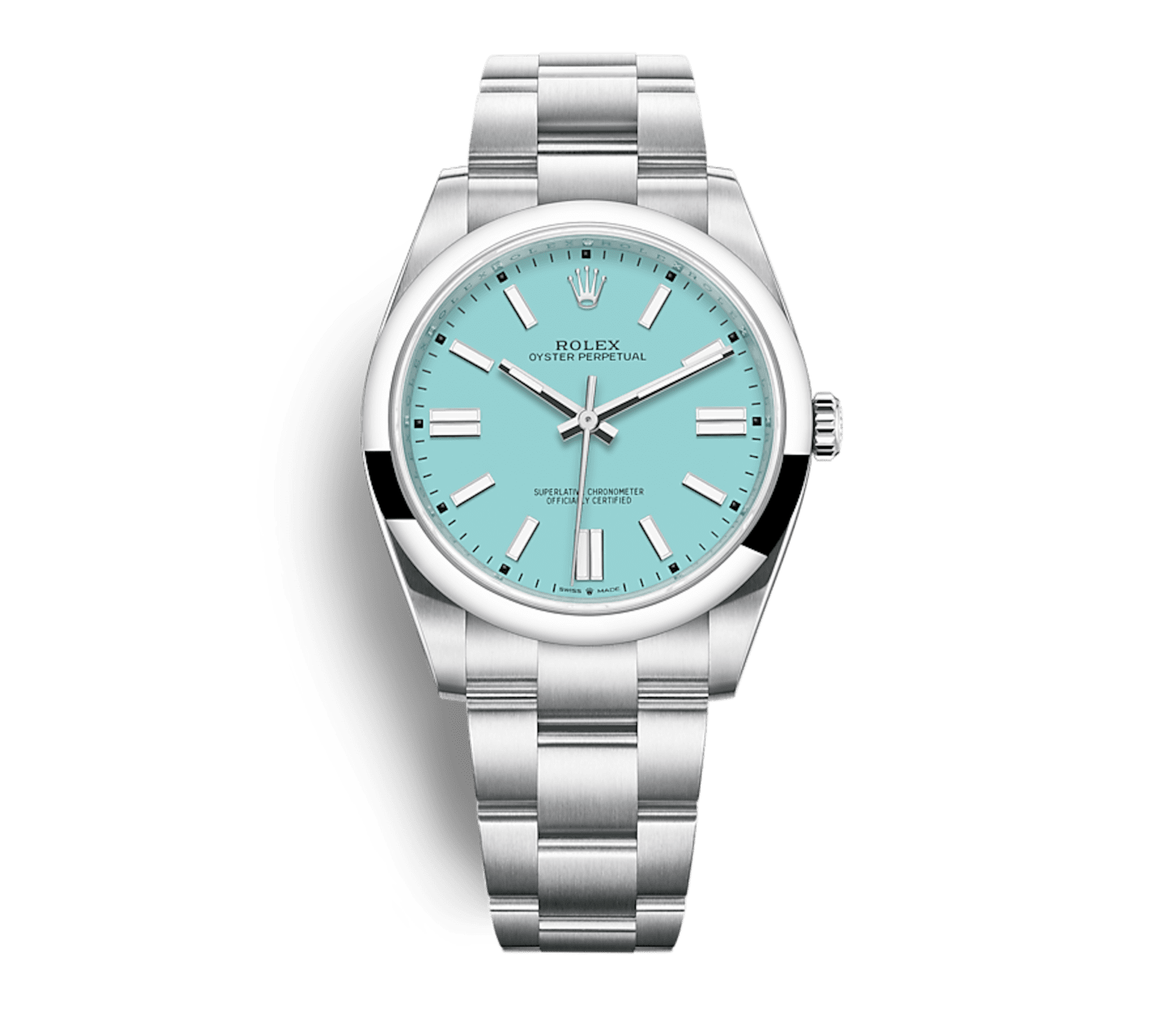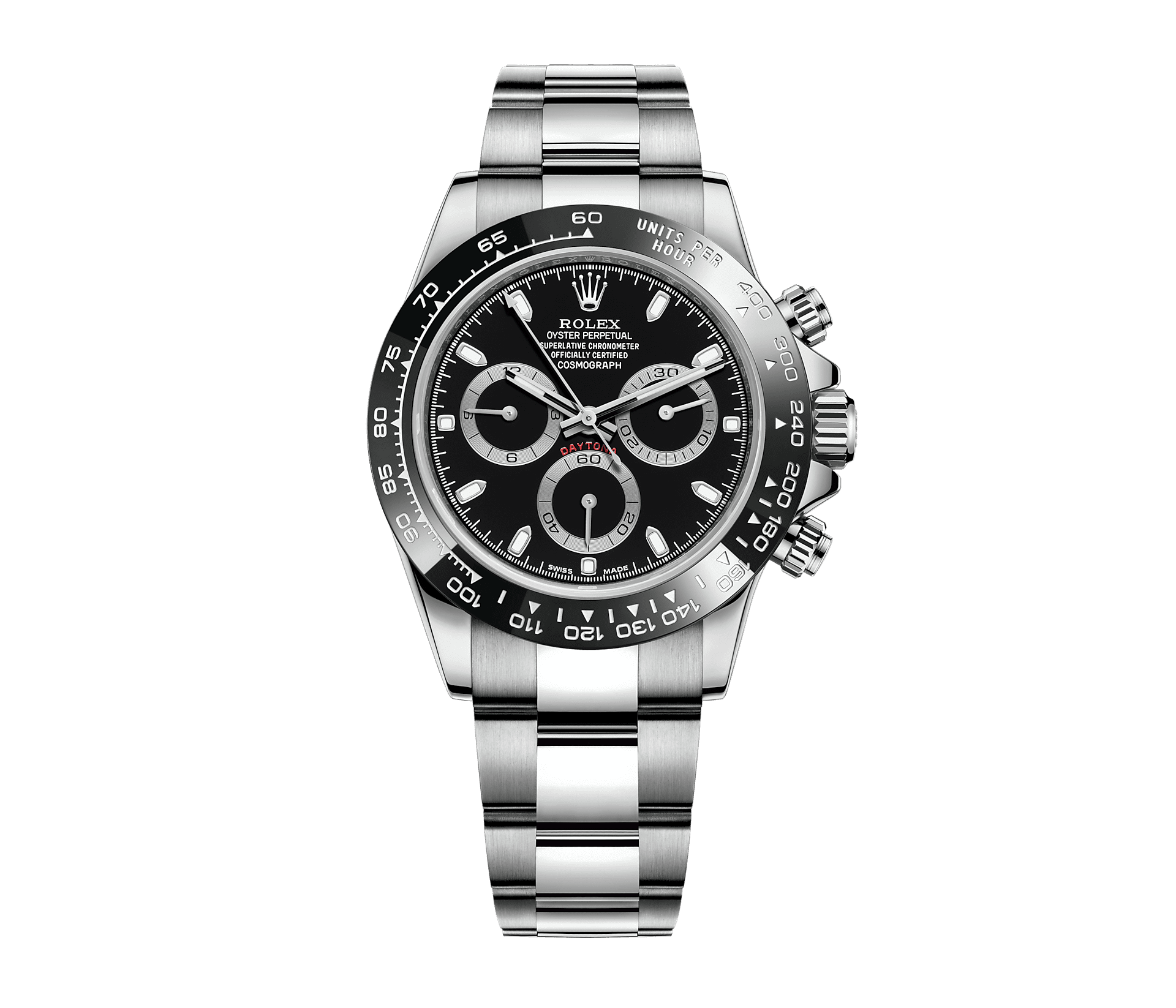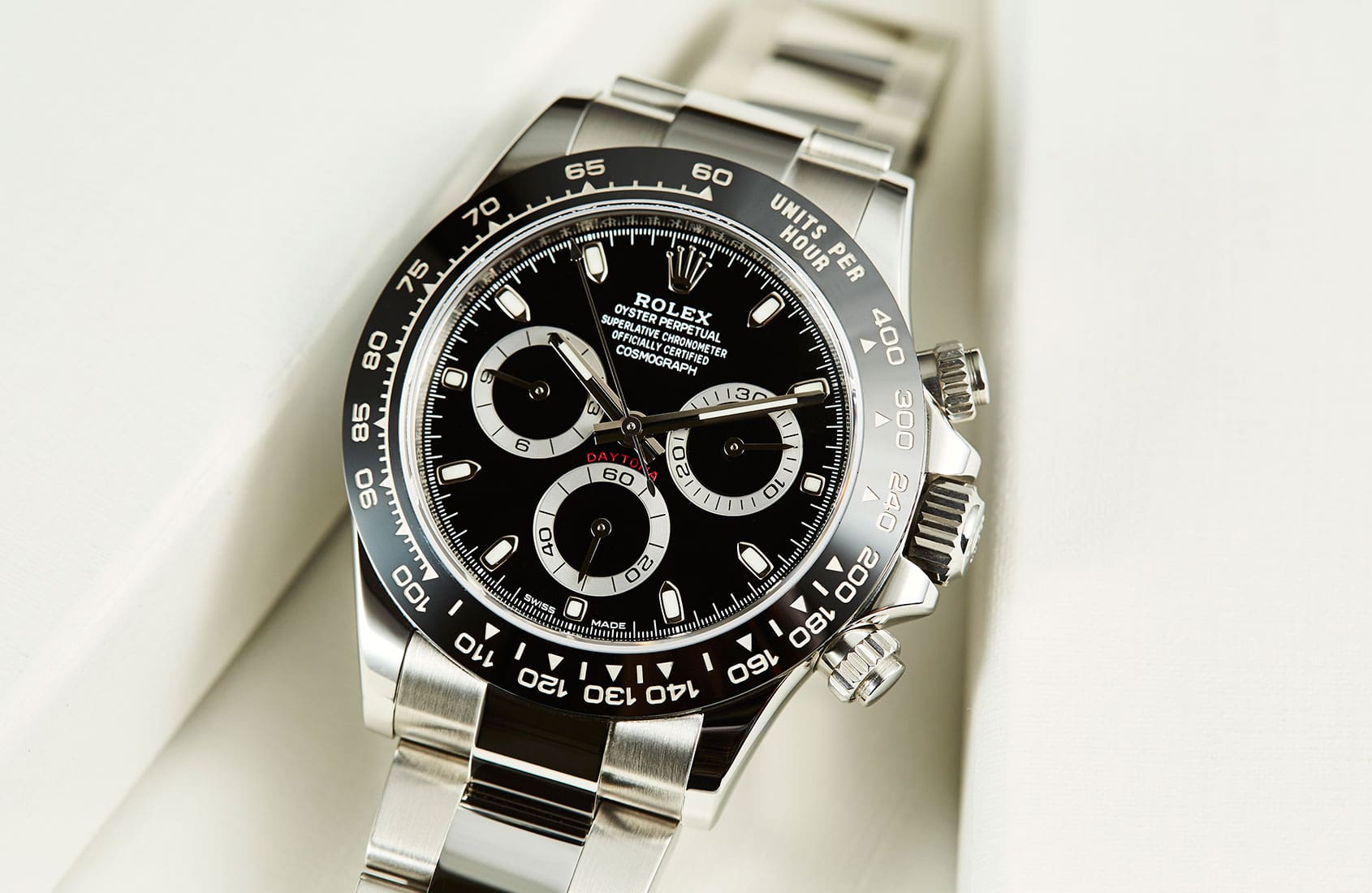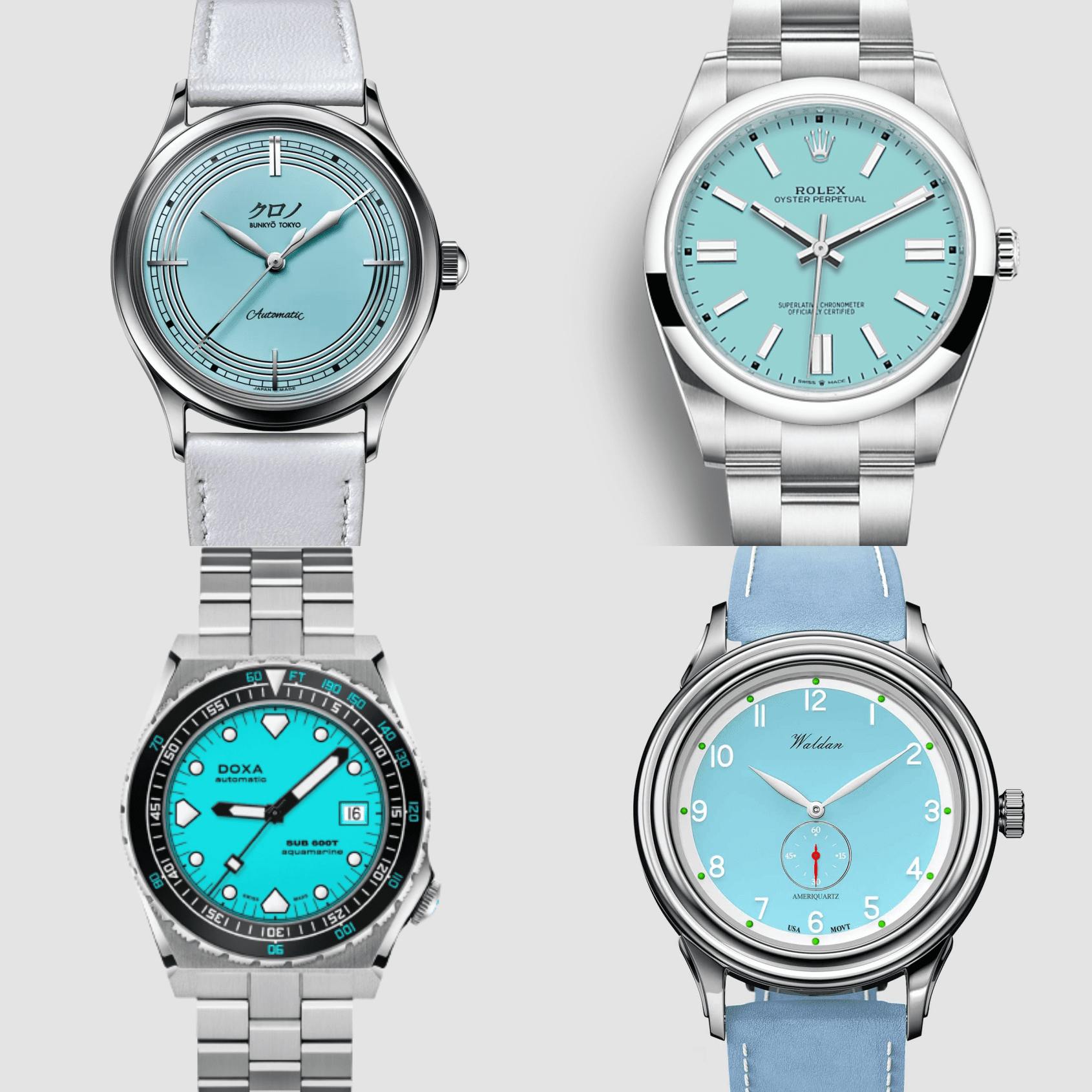A dealer is offering to trade a black dial ceramic Rolex Daytona for a “Tiffany blue” Rolex OP – what would you do?
Zach BlassDuring the holiday break, the Time+Tide team caught a very interesting post in the r/Rolex thread on Reddit, where a user claimed he was offered a very intriguing trade opportunity from a dealer. The offer was a straight trade, watch for watch, with no cash involved. On the table was the chance to swap his Rolex Oyster Perpetual 41 ref. 124300 in Turquoise (a.k.a the OP Tiffany), which he interestingly has outfitted on a Jubilee instead of an Oyster bracelet. In return, he would receive a black dial ceramic Rolex Daytona ref. 116500LN-0002. What would you do in his shoes? Ricardo and I decided to play a little horological game of deal or no deal and explain why we would (or wouldn’t) make the swap.
Ricardo’s vote: No deal – stick with the Rolex Oyster Perpetual Turquoise 41
Welcome to 2022, where up is down, down is up and I can comfortably stand in front of you to say I would not make this trade. I know that sounds crazy for many of you reading this but there is more going on here than just hype. This is supply and demand on steroids.
When Rolex released its colourful rainbow assortment of Oyster Perpetual models, many people focused on the missing 39mm size. I, on the other hand, knew that across the spectrum, certain colours would be more popular than others. And while the black and the silver dial OP models were available in a variety of sizes – 28mm, 31mm, 34mm, 36mm and 41mm – if you wanted the beautiful turquoise dial, you could only choose from three alternatives (31mm, 36mm and 41mm). Add to that my belief that Rolex would focus its manufacturing on their most popular colours (black, silver and bright blue), and I saw how the turquoise model would represent an even smaller piece of the pie.
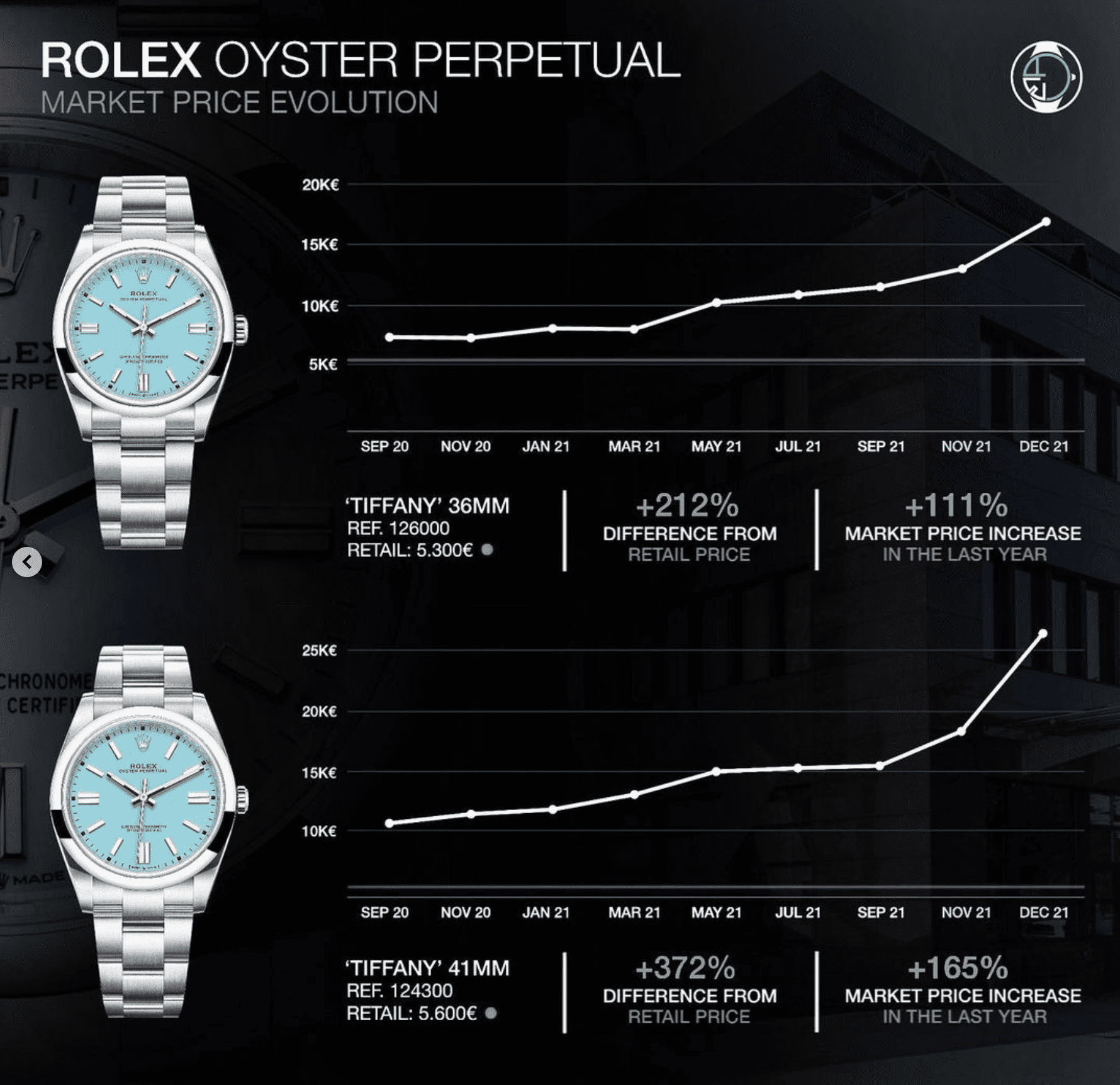
On the Daytona side of things, the offer is for an 116500 black dial. Retail is $14,550 USD with a street price hovering between $35,000 and $45,000 USD. A dealer is only making that offer for one of two reasons; he has a buyer lined up to pay the secondary market price for the Turquoise (a huge upside to what he makes selling the 116500 at retail) or he sees the market for that watch is hotter than that of the Daytona. In both instances, he is in a better position to read the market, so if he is trying to do this deal, then know there is money to be made.
Furthermore, with the Daytona, a price ceiling exist. As secondary prices reach over $30,000 USD, you start to enter precious metal territory. Why buy a $40,000 USD Daytona on the secondary market when you can score a white gold, at retail, for the same price? There exist no such option with the Oyster Perpetual models, so the sky is the limit.
Even if our guy really wants a Daytona, a little patience can land him a huge payday. With the money he would make selling the Turquoise OP down the line, he could pick up a Daytona and still have some money left in the bank. Yes, he runs the risk of damaging the Turquoise OP in that time, but that is a risk worth taking in this situation.
Zach’s vote: Deal – take the Rolex Daytona 116500LN-0002
Call me safe and boring, but, assuming this guy does not currently own a Daytona, I personally would take the swap – I would totally trade faces here. While the watch has been on the market now for over a year, it is still early days for the reference. Sure, it is having its moment right now and the trajectory of its secondary value is rocketing upwards. But is it a passing fad, which will eventually face an inevitable correction or decline? The Daytona is already an established icon, a timeless reference that will always maintain its allure to collectors worldwide.
The buzz about the Oyster Perpetual Turquoise, at the end of the day, is all about its fresh dial colour. Whether or not its Tiffany-like shade maintains an enduring appeal remains to be seen – it could eventually go out of fashion. On the flipside, Stella dial Day Dates and beach Daytona watches that leverage the shade have been very collectable over the years – stronger than ever thanks to the present Tiffany boom. Short of knowing these Stella-inspired Oyster Perpetuals will be discontinued in a few years, it is tough to speculate how the reference will trade across the next decade on the secondary market. The Daytona bubble might be plateauing, but I don’t really ever see it bursting.
With both watches commanding such a premium in the present marketplace, I feel like it is safe to stack up the trade watch-to-watch and specs-to-specs. In this regard, the Daytona blows the OP Turquoise out of the water. As mentioned, the sole attraction of this OP is its dial and, to be fair, that is an important consideration for any watch purchase. But the Daytona offers greater complication, two extra hours of power reserve, equally, if not more, wrist-friendly dimensions, equal bracelet adjustment, and equal water-resistance. There are also more finishes present on the Daytona, an elegant mixture of richly brushed and finely polished surfaces.
If you like the OP’s dial colour, there are now plenty of brands that offer references that can scratch that itch. Far fewer brands offer up such a prestigious sports chronograph, with the Omega “Ed White” 321 in stainless steel and Zenith Chronomaster Sport being the only major competitive options for a Rolex Daytona alternative. And both of the aforementioned chronographs are not particularly easy to come by at retail these days either, especially the Omega “Ed White” 321 in stainless steel.
What it boils down to, for me, is just how much you want to be different from the herd. While scarce at retail, Daytona watches are not uncommon in the wild. I have seen far more Daytonas on-wrist at watch meet-ups than Turquoise OPs. But does different equate to better? That depends on you. Aesthetically speaking, there is a valid debate to be had. On the technical front, however, it is no contest – the Daytona races ahead of the OP in my eyes.




